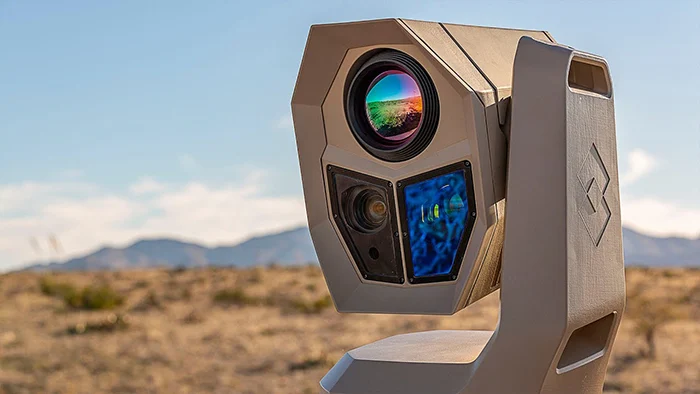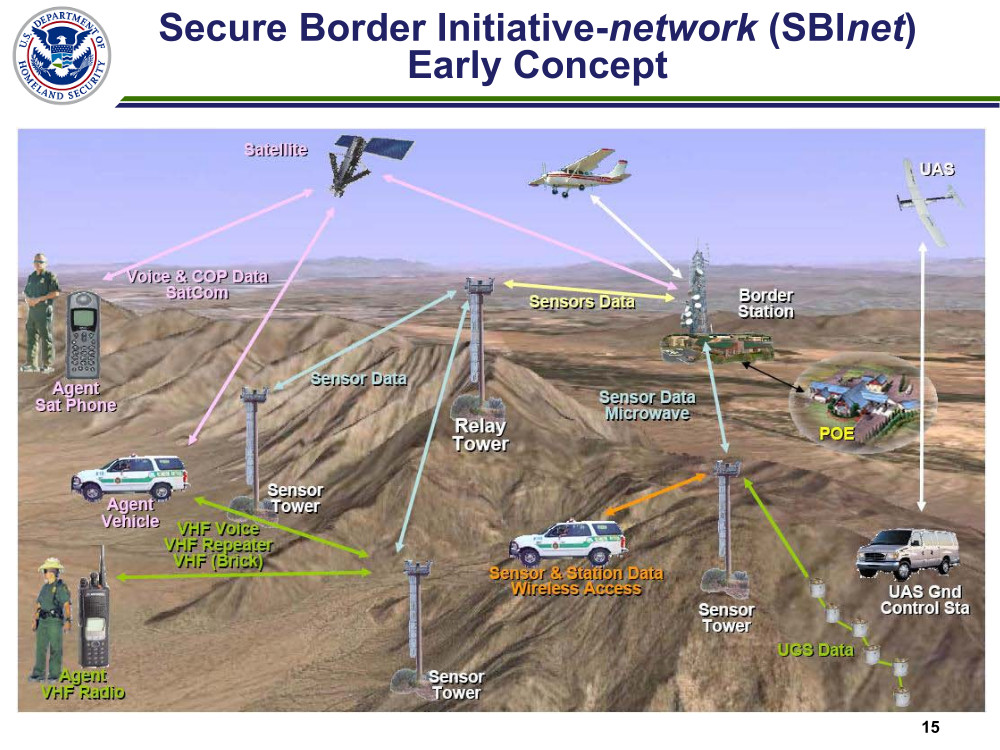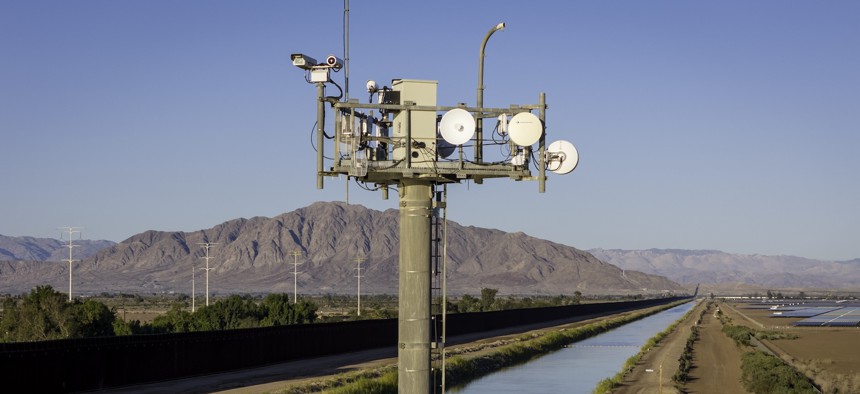Advanced technologies, including artificial intelligence (AI) and automation, are transforming global border security and law enforcement practices. Nations worldwide increasingly adopt sophisticated tech solutions, enhancing efficiency while sparking critical discussions about privacy, human rights, and accountability.
What’s Happening & Why This Matters
Governments worldwide are implementing innovative tech solutions like AI-powered surveillance, biometric verification, and automated border control systems. These technologies streamline immigration processes and enhance national security but also prompt significant ethical concerns and privacy debates.

Associate Professor Derya Ozkul from the University of Warwick highlights the critical transparency issue: “Migrants are being kind of used as guinea pigs really in this area,” Ozkul says, underscoring the accountability gaps and ethical risks involved in deploying these advanced systems.
AI and Biometric Tech: Global Trends
In Germany, the Federal Office for Migration and Refugees (BAMF) actively uses AI-driven technology, mainly automated dialect recognition, for assessing asylum seekers. This system analyzes voice samples to verify migrants’ claims about their origin, managing thousands of asylum applications annually.
The United States extensively employs biometric identification techniques, including fingerprinting, facial recognition, and iris scanning, which significantly expedites border processes and enhances security. However, these measures frequently attract scrutiny regarding individual privacy rights.
Australia leverages AI-driven surveillance systems, including drone monitoring and automated behavior recognition software, to strengthen maritime border security. These technologies enhance the detection and interdiction of illegal crossings and human trafficking.

China utilizes advanced facial recognition technology and comprehensive AI surveillance systems at its borders, enabling rapid identification and monitoring capabilities. This robust tech infrastructure boosts border security and raises substantial international privacy and human rights concerns.
Automation and Surveillance in Border Control
In Greece, projects like Centaurus demonstrate using CCTV and drone technologies combined with sophisticated behavioral analysis algorithms. Maria Gavouneli, president of the Greek National Commission for Human Rights, describes this implementation as a “major surveillance exercise coordinated and financed by the EU,” highlighting significant ethical and accountability issues.
India employs biometric identification systems extensively at airports and border checkpoints. These advanced biometric technologies streamline traveler identification, significantly improving efficiency and security across India’s expansive border regions.
Maritime and Underwater Surveillance
The EU-backed projects such as COMPASS2020 and PROMENADE leverage autonomous underwater drones and advanced maritime surveillance technologies. These innovations greatly enhance the detection of smuggling activities, illegal crossings, and broader maritime security threats. Similarly, the U.S. and Australia deploy comparable tech advancements, significantly improving their maritime surveillance capabilities.

Emerging AI Technologies and Future Prospects
Governments worldwide are exploring advanced AI-based solutions, including automated fingerprint and facial recognition systems, emotion detection tools, and predictive risk assessment algorithms. While these innovations promise significant improvements in border management efficiency, they provoke intense ethical debates and concerns regarding human rights protections and privacy implications.
TF Summary: What’s Next
As advanced technology reshapes border security and law enforcement globally, countries must balance innovation and ethics. Policymakers face the crucial task of implementing robust regulations to ensure these powerful technologies enhance security without infringing on human rights. Continued international dialogue and transparent governance will be essential to manage this balance effectively.
— Text-to-Speech (TTS) provided by gspeech


